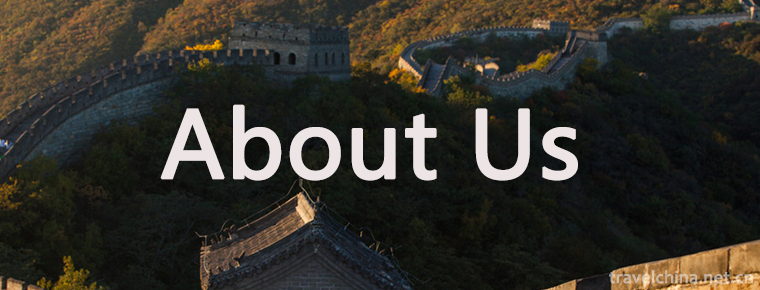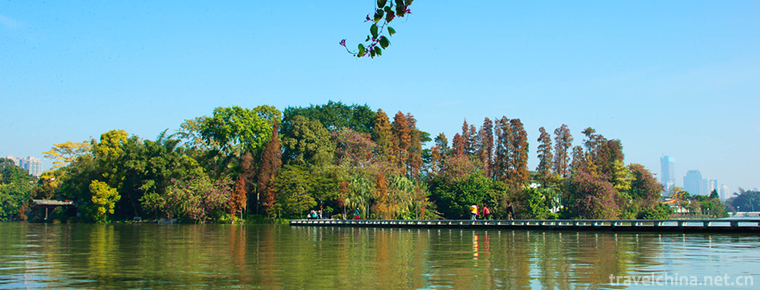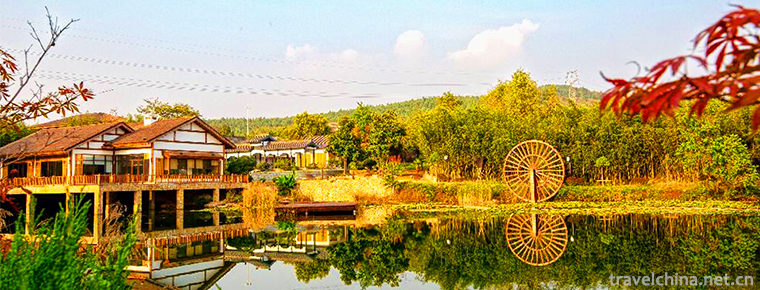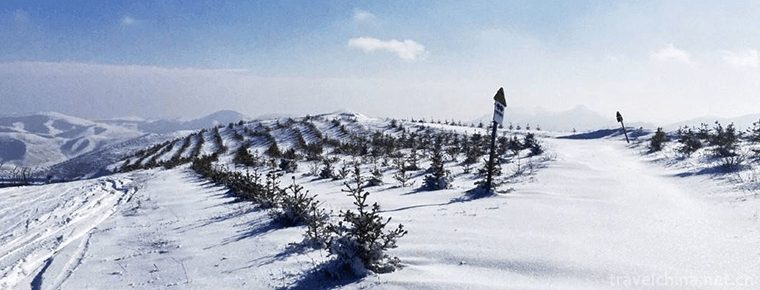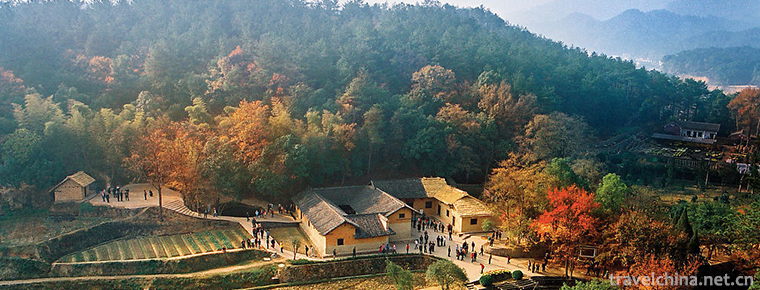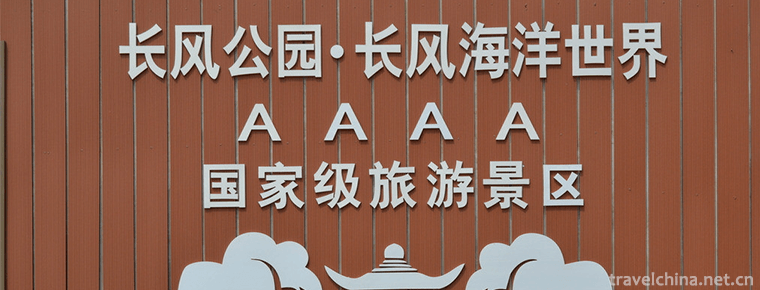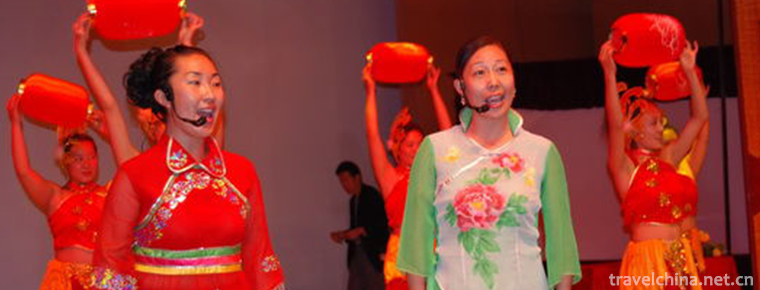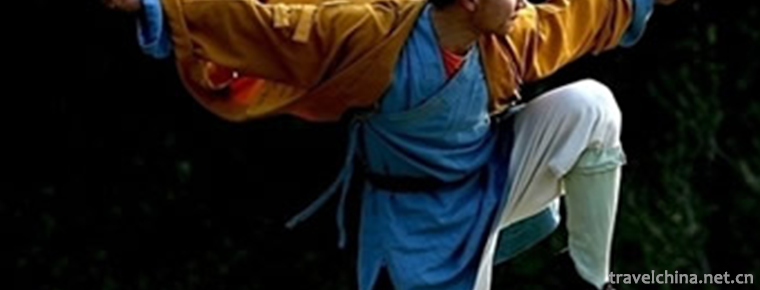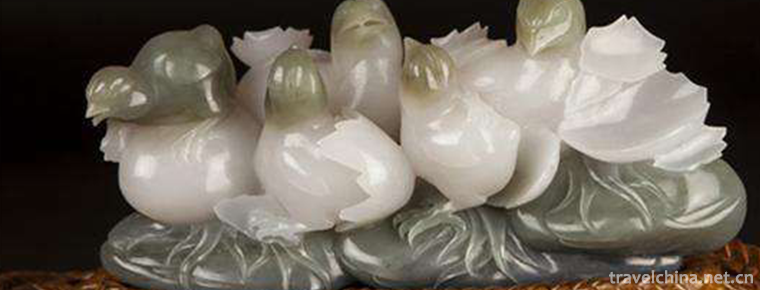Duet in Northeast China Errenzhuan
Duet in Northeast China Errenzhuan
Errenzhuan, historically known as small Yangko, double play, bouncing, also known as the mouth, double side songs, Fengliu, Spring Song, half-class opera, Northeast local opera, etc. It is a unique folk art form with a history of more than 300 years and a long tradition of primitive culture.
It is rooted in the folk culture of Northeast China and belongs to the folk art of Chinese walking singing. It is popular in Liaoning, Jilin, Heilongjiang, Inner Mongolia, Eastern Three Municipalities, One League and Northeast Hebei Province. The form of expression is a man and a woman, with bright clothes, fans and handkerchiefs in hand, singing and dancing while walking, showing a story, singing high-pitched, rough and witty lyrics.
The Northeast characteristic duet mainly comes from the Northeast Yangge and the lotus flower fall of Hebei Province. In Northeastern witty words, the duet is "Yangko bottom, lotus flower edge". On the basis of the Northeast Yangko, Erren Duet absorbed the lotus falls of Hebei Province, and added dancing, stature, walking and so on. Since its founding, the duet has a history of nearly 300 years. The relationship between artists and teachers can be traced back to the end of Jiaqing in the Qing Dynasty. In history, the duet has formed four schools: east, west, South and north. In the late Qing Dynasty and the early years of the Republic of China, the tide of "breaking through the east of Guan" appeared. A large number of Shandong and Hebei people entered the northeast. The two people of "Yangko bottom, lotus flower edge" turned to "breaking through the east of Guan" from inside and outside Guan to outside Guan.
The two renamed sections include "Big West Chamber", "Hui Cup Ji", "Zhu Jiu Hong Hang Xiao", "Liang Saijin Rolling Face", "Water Splashing in front of Horse", "Empress Dowager Bao Gong Ju" and so on. In 2006, the Northeast Duet Duet was listed in the first national intangible cultural heritage list by the State Council.
Development situation
Errenzhuan is rooted in the Northeastern folk culture, so its performance lines have some rural characteristics, vulgar acid, but the content of Errenzhuan is not mainly vulgar acid, many of the opera lyrics of Errenzhuan are connected with "opera review", "northeastern drum" and "lotus flower fall". This phenomenon lasted until the establishment of Jilin Folk Art Troupe in 1980. Its predecessor was Jilin Jilin Opera Troupe No. 2.
After the revision of Jilin Folk Art Troupe, a lot of arias have become well-known arias of Errendou. For example, "pig eight arches", "back to the cup", "horse before water", "west view painting", "scolding duck", "Liang Zhu downhill", "Bao Gong broken empress dowager", "water overflowing blue bridge", "two mothers visit sick", "Sun Wukong three tune banana leaf fan", "drunk sky" and so on. While adapting a large number of traditional dramas, Jilin Folk Art Troupe has also trained a large number of duet performers. Clown actors include Han Ziping, Qin Zhiping, Dong Lianhai, Xu Zhenwu, Yin Weimin and so on. Danjiao actors include Zheng Shuyun, Dong Wei, Li Xiaoxia, Guan Changrong, Yan Shuping, Yang Hongwei, Sun Xiaoli, and so on.
The name of the duet was first found in the seventh edition of Taidong Daily, April 27, 1934, in Kant, Manchuria. A teahouse on Sandao Street in this city (A Cheng) has never seen a couple of people invited by a village to perform the two-person duet. They are called "Lotus Flower". They dress up all kinds of roles and perform songs everyday.
In April 1953, at the first National Folk Music and Dance Congress held in Beijing, the Northeast delegation officially participated in the performance of the duet, thus the name of duet was recognized for the first time by the national literary and artistic circles.
The history of Er Ren Zhuan is a history that absorbs the essence of all kinds of art. Errenzhuan opera song is the combination of Errenzhuan melody and contemporary popular elements. It integrates the skills of opera singing with strong national characteristics and popular songs with distinct fashion elements. Because opera song sounds like both opera and song, it can not only be accepted by the old and middle-aged audience with nostalgia, but also be loved by young people.
In recent years, there have been many popular opera songs about two people's performance, among which the most representative is Yan Xuejing's series of songs, which can be roughly divided into four categories: classical works such as Blue River Complaint, West Chamber Story, Hui Cup Story, Sending Lover, etc., which eulogize romantic love, Jijie Song reflecting national culture and regional customs, Yan Ge, Watching Yangko, White Snow Flower, Guandong Love and Going Home. 》 "Home" and "Please come to Jilin" and other songs; reflecting the lives of the people, "things of the people are greater than heaven", "fight is kiss to scold is love", "county magistrate goes to the countryside to our home" and other songs; with the theme of the art itself, "Guandong Renren and RenRenren Renren", "Ningshe a meal, not give up Renren ren" and other songs.
The last kind of song has its own characteristics, which not only reflects the people's love for the duet, but also points out the main features and contents of the duet art. Similarly, Liu Hegang's "Northeast Errenren Roll", Yan Shuping's "I'm a Duet Roll", Pan Changjiang's "Northeast Erren Roll", Chai Baoyu's "Wind, Fire and Wind Erren Roll", Sun Xiaobao and Jinling's "Love Erren Roll", Xiaoshenyang and Shenchunyang's "Duet Roll of Two People". These songs also contribute to the spread and development of Errendou.
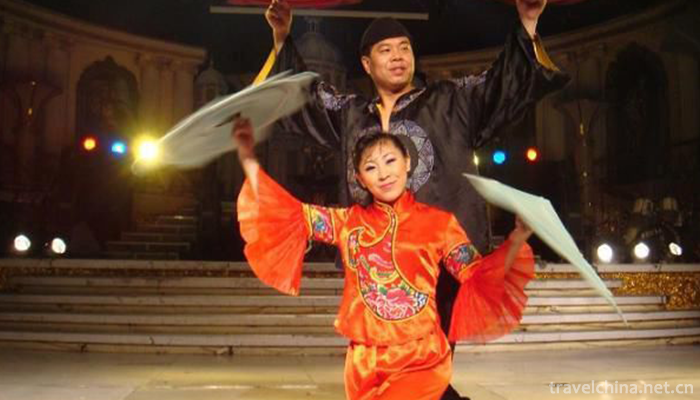
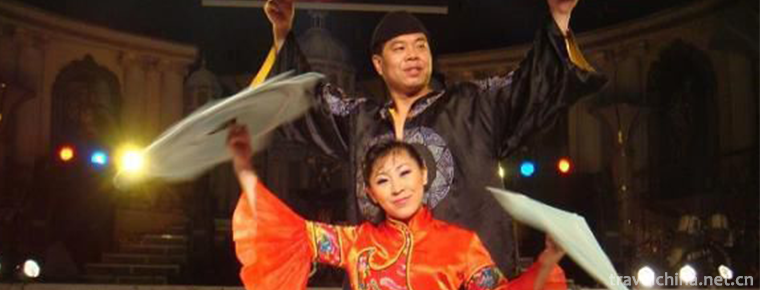
Duet in Northeast China Errenzhuan
-
About Us
If you are interested in Chinese culture, Beautiful Scenery and Delicious Food, Welcome to China.
Views: 491 Time 2018-09-28 -
West Lake Scenic Spot in Hangzhou
Hangzhou West Lake Scenic Spot is located in the center of Hangzhou City, Zhejiang Province. It is divided into lakeside area, Lake Center area
Views: 119 Time 2018-12-07 -
Shangyao National Forest Park
Shangyao National Forest Park, located in the northeast of Huainan City, Anhui Province, has more than 30 hills and mountains with a total area of 10.4 square kilometers and a forest coverage rate
Views: 155 Time 2018-12-19 -
Chongli Wanlong Skiing Ground
Wanlong ski resort is located in Honghua Liang, Chongli District, Zhangjiakou City, Hebei Province. It covers an area of more than 30 square kilometers, with the highest elevation of 2110.3 meters and
Views: 230 Time 2019-01-06 -
Mao Zedongs former Residence
Comrade Mao Zedong's former residence is located in Shaoshan Village, Shaoshan Township, Shaoshan City, Hunan Province. It is located in the South and north of Shaoshan Village
Views: 189 Time 2019-02-07 -
Shanghai Changfeng Ocean World
Shanghai Changfeng Ocean World belongs to the world's largest aquarium chain brand of Merlin Entertainment Group, which is the first and second largest in Europe
Views: 247 Time 2019-03-17 -
Changli folk songs
Changli folk song is a kind of local folk ditty inherited from generation to generation by Changli people. The content of singing can be divided into four categories: labor chant, story and legend, lo
Views: 237 Time 2019-04-15 -
memorial ceremony for Confucius
The sacrifice to Confucius is a grand sacrifice ceremony held mainly in Confucian temples for the sake of revering and remembering Confucius, which is a miracle in the history of world sacrifice and h
Views: 145 Time 2019-05-05 -
Shaolin Kung Fu
Shaolin Kungfu, also known as Shaolin Wushu, is one of the famous schools of Wushu in China. It has a long history and profound influence. It is an important part of Chinese traditional Wushu. The mos
Views: 192 Time 2019-06-14 -
Weaving Techniques of Summer Cloth
Wanzai summer cloth is completely manually woven. Its production process mainly consists of ramie treatment, yarn performance and weaving. It needs many processes to weave.
Views: 225 Time 2019-07-01 -
Jade Carving in Yangzhou
Yangzhou has a long history of jade carving. Jade carving in Yangzhou reached a new peak in the Tang Dynasty, and carving and striping appeared in the Song Dynasty. During the Qianlong reign of the Qi
Views: 114 Time 2019-07-10 -
Beijing University Of Technology
Founded in 1960, Beijing University of Technology is a multi-disciplinary municipal key university with a combination of engineering, science, economics, management, literature, law, art and education
Views: 351 Time 2019-09-06
